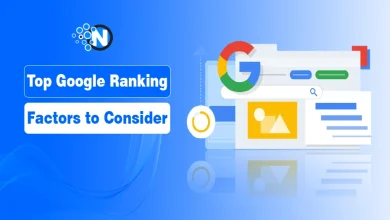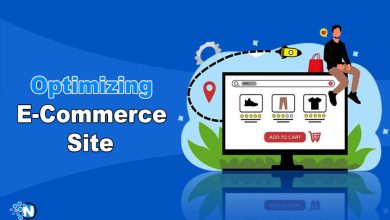SEO vs. SEM – Choosing the Right Strategy
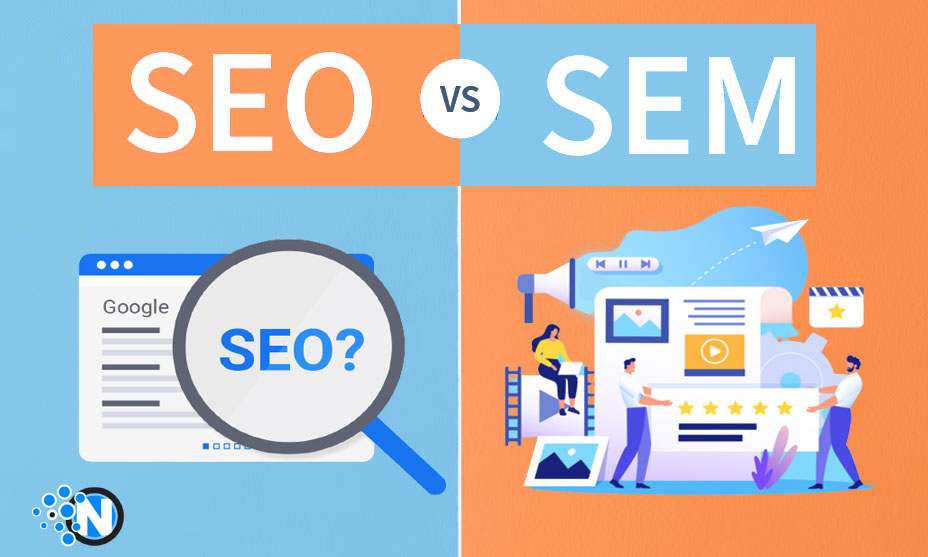
Search engine optimization (SEO) and search engine marketing (SEM) are complementary but distinct online marketing approaches. Both have useful features and potential outcomes, depending on the context. Over 80 per cent of people start online purchasing to emphasize the importance of online marketing. The most crucial question is when you invest in SEO or SEM when you begin digital marketing. Here’s a breakdown of each approach to help you make an informed decision:
Understanding SEO and SEM:
Search engine optimization (SEO) differs from SEM in prioritising unpaid or “organic” search engine traffic. On the other hand, SEM is concerned with expanding free and paid search engine traffic.
What is SEO?
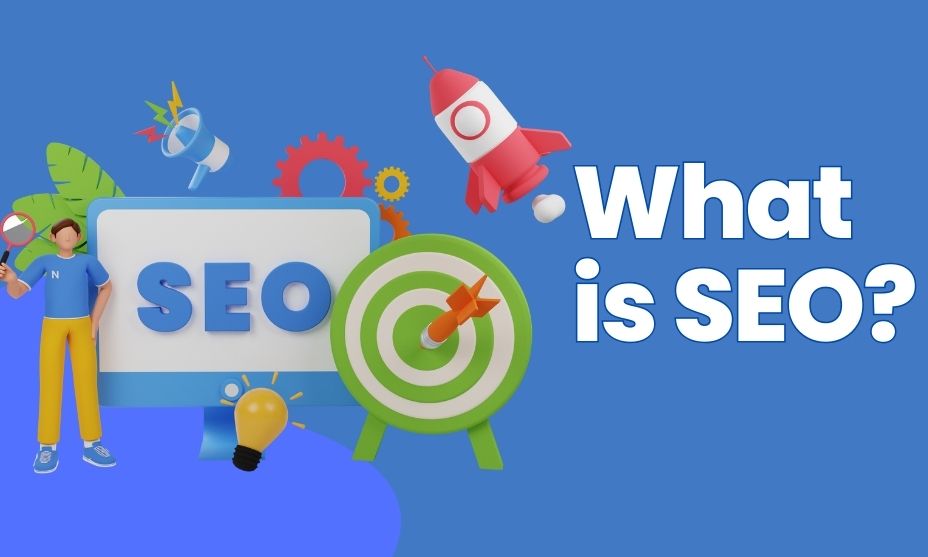
Search Engine Optimization (SEO) enhances the quality and quantity of website traffic by optimizing a website’s visibility on search engines like Google, Bing, and Yahoo. It involves various strategies and techniques to improve a website’s organic (non-paid) search engine rankings.
Advantages of SEO:
- Sustainable Organic Traffic: One of the main benefits of SEO is generating sustainable organic traffic. When your website ranks high on search engine result pages (SERPs) for relevant keywords, it can attract a steady stream of visitors over time. Unlike paid advertising, where traffic stops when the budget runs out, organic traffic is sustained without ongoing investment. Example: Consider a local bakery that has optimized its website for keywords related to “fresh bread”. As a result, his website for that bakery regularly appears in the search results of people looking for such products, continuously attracting visitors and potential customers.
- Increase credibility: SEO often involves creating high-quality, informative, and valuable content. If your website consistently provides helpful information and ranks high in search results, you build trust with your users. People tend to trust organic search results more than paid ads..
- Potential for high ROI (return on investment): SEO can deliver high ROI over the long term. While the initial investment in content creation, optimization, and link building is required, the long-term benefits, such as sustained traffic and brand awareness, often outweigh the costs.
Disadvantages of SEO:
- Time-consuming results: The downside of SEO is that it takes time to produce meaningful results. Achieving high rankings in a competitive niche can take months or even years. This belated gratification can be frustrating for companies looking for a quick return on investment. For example, A newly launched online fashion store may require months of SEO effort before its product pages appear prominently in search results and generate significant traffic.
- Continuous Effort Required: SEO is not a one-time effort. Maintaining and improving your rankings requires ongoing Effort. Algorithm updates, changing search trends, and increasing competition require regular updates and adjustments to your content and strategy. Example: A digital marketing agency that regularly blogs about SEO best practices needs to keep its content up to date to stay relevant in a fast-changing industry.
What is SEM?
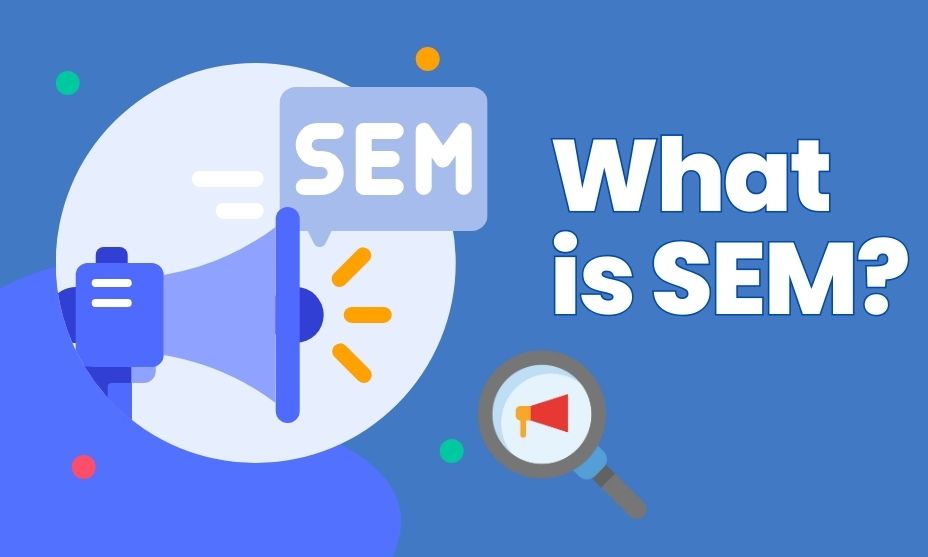
Search Engine Marketing (SEM) is a form of internet marketing that focuses on increasing the visibility of websites in search engine results pages (SERPs) through paid advertising. SEM involves various strategies to enhance a website’s ranking in search engine results, primarily through paid advertising methods.
Advantages of SEM:
- Benefits of SEM (Search Engine Marketing): Instant Visibility: SEM provides businesses with an almost instant online presence. When you run a paid advertising campaign, your ads appear at the top of search results. They are immediately visible to users searching for products and services related to your keywords. Example: Imagine a startup that offers unique smartphone accessories. Running his SEM campaigns targeting relevant keywords raises awareness. It starts attracting potential customers who are actively searching for similar products.
- Precise audience targeting: SEM platforms like Google Ads and Social Media Ads offer highly granular targeting options. This accuracy allows you to target specific demographics, interests, and locations or retarget previous site visitors. This granular targeting increases your chances of connecting with qualified prospects. Example: A local gym can use its SEM to target ads to people in their area who are interested in fitness classes, effectively using their advertising budget.
- Measurable Results: SEM provides robust analytics and tracking tools that allow you to measure campaign performance accurately. Track clicks, conversions, and ROI so you can make data-driven decisions and optimize. Example: An e-commerce store running Google Ads campaigns can track ad clicks, resulting sales, and return on ad spend (ROAS) to adjust strategies to achieve better results.
Disadvantages of SEM:
- Keyword bidding costs: SEM operates on a pay-per-click (PPC) model, where businesses bid on keywords. Popular or highly competitive keywords can result in higher bids and advertising costs. This cost factor can be prohibitive for companies with limited budgets. Example: In a highly competitive industry such as online travel booking, keywords such as ‘cheap flights’ can have a very high cost per click, making it difficult for smaller travel agencies to compete.
- The nature of competition: SEM is competitive, and competition can drive up costs. Companies with larger budgets can monopolize advertising space in a competitive market, making it difficult for smaller providers to gain name recognition. Example: In the online streaming industry, significant platforms such as Netflix and Hulu have large advertising budgets, making it difficult for new streaming services to compete on their SEM without strategic targeting.
- Ad Fatigue: Over time, users become less responsive to ads, which can lead to ad fatigue. It can lead to lower click-through (CTR) and conversion rates, requiring continuous optimization and new ad creatives to remain effective. For example, A subscription box service may initially find its SEM campaigns successful. Still, users become accustomed to seeing ads over time and experience ad fatigue. It requires regular ad updates and A/B testing.
Final Words:
Your particular objectives, timeframe, and financial constraints will determine which marketing tactic you should use—SEO or SEM. While offering a high ROI and dependable organic traffic, SEO calls for persistence and patience. SEM can be expensive in sectors with intense competition but offers immediate visibility, accurate audience targeting, and quantifiable results. Making an efficient digital marketing plan that supports your company’s goals requires weighing the benefits and drawbacks of each tactic. To enhance your online visibility and successfully reach your target audience, a mix of both SEO and SEM may give the most comprehensive and adaptable marketing plan.

